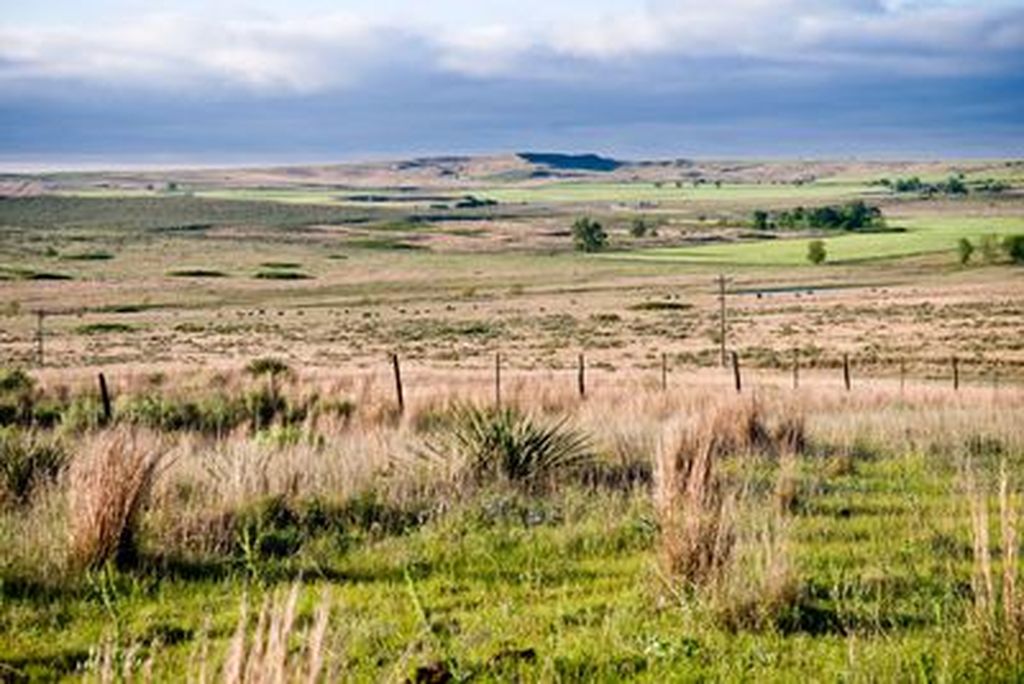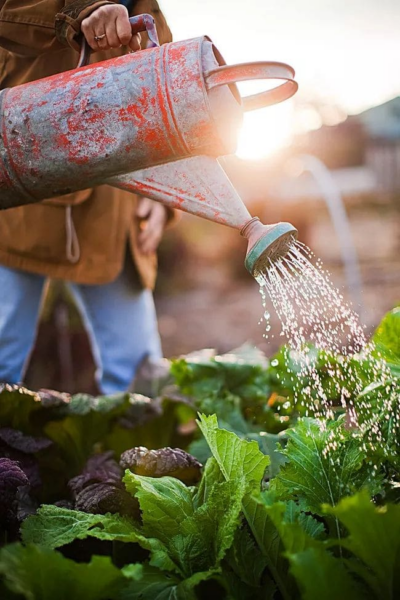Wildlife of Texas Plains and Deserts: Unique Species and Habitats
Texas, the second-largest state in the United States, is a land of ecological diversity. From lush forests to arid deserts, it encompasses a variety of environments that support countless species of wildlife. Among the most fascinating regions are the Texas plains and deserts, which showcase an extraordinary array of unique species and habitats. These areas are not only ecologically significant but also provide vital resources for countless organisms that thrive under extreme conditions.
In this comprehensive guide, we’ll delve into the defining features of Texas’ plains and deserts, explore the incredible wildlife that calls these landscapes home, and highlight the efforts being made to conserve these precious ecosystems.
Texas Plains and Deserts: A Diverse Natural Landscape

The Texas plains and deserts occupy a significant portion of the state, including regions like the Great Plains, the Chihuahuan Desert, and the Edwards Plateau. These areas are defined by their distinct geographical and climatic characteristics, creating habitats that support specialized flora and fauna.
Key Features of Texas Plains
The Texas plains, including the Southern Great Plains, are characterized by:
- Vast Grasslands: Dominated by shortgrasses like buffalo grass and blue grama.
- Rolling Hills and Open Spaces: Ideal for grazing animals and ground-nesting birds.
- Seasonal Variations: Hot summers and cold winters create a dynamic ecosystem.
Key Features of Texas Deserts
The Chihuahuan Desert, the largest desert in North America, spans western Texas and is marked by:
- Arid Climate: Less than 10 inches of rainfall annually.
- Diverse Plant Life: Home to over 3,500 plant species, including yucca, agave, and cacti.
- Extreme Temperatures: Harsh conditions demand incredible adaptability from its inhabitants.
Unique Wildlife of Texas Plains and Deserts

Mammals: Adapted to Survive
Texas’ plains and deserts host an impressive array of mammals, many of which are uniquely adapted to these challenging environments.
- Pronghorn Antelope: A symbol of the plains, pronghorns are the fastest land mammals in North America, capable of reaching speeds up to 55 mph. They graze on grasses and shrubs, relying on their sharp eyesight to detect predators.
- Coyote: Found throughout Texas, coyotes are highly adaptable omnivores that thrive in both plains and deserts. Their haunting calls are a familiar sound in these regions.
- Javelina (Collared Peccary): Resembling wild boars, javelinas are desert-dwelling herbivores that play a vital role in seed dispersal.
Birds: Avian Diversity Across the Skies
The open skies of Texas plains and deserts are a haven for bird species, from ground-dwelling quail to majestic raptors.
- Scaled Quail: Known for their distinctive scaly appearance, these birds are common in desert shrublands. They forage on seeds and insects, often traveling in coveys.
- Greater Roadrunner: Famous for their speed and agility, roadrunners thrive in arid regions, preying on small reptiles and insects.
- Golden-cheeked Warbler: Found exclusively in the Edwards Plateau, this endangered songbird depends on Ashe juniper for nesting material.
Reptiles and Amphibians: Masters of Survival
Reptiles and amphibians dominate the deserts and plains, displaying remarkable adaptations to harsh climates.
- Texas Horned Lizard: This iconic reptile, often called a “horny toad,” can squirt blood from its eyes to deter predators.
- Western Diamondback Rattlesnake: A key predator in the ecosystem, this snake controls rodent populations while being a vital prey species for larger predators.
- Couch’s Spadefoot Toad: A desert amphibian that emerges during rare rains to breed in temporary water pools.
Insects and Arachnids: Small but Significant
The plains and deserts teem with smaller creatures that play crucial ecological roles.
- Tarantulas: These large spiders are harmless to humans and act as natural pest controllers.
- Harvester Ants: Known for their industriousness, they play a vital role in seed dispersal and soil aeration.
- Monarch Butterflies: While not exclusive to deserts, these migratory pollinators pass through Texas during their journey, relying on milkweed plants to lay eggs.
Ecological Importance of Texas Plains and Deserts

The wildlife of Texas’ plains and deserts plays a crucial role in maintaining ecological balance. Predators regulate prey populations, herbivores shape vegetation patterns, and pollinators ensure the reproduction of native plants. Together, these interactions sustain the delicate web of life in these regions.
- Keystone Species: Animals like the Texas horned lizard and prairie dogs are vital for their ecosystems. Prairie dogs, for instance, create burrows that provide shelter for numerous other species.
- Biodiversity Hotspots: The Chihuahuan Desert is considered one of the most biologically diverse deserts in the world.
Threats to Texas Plains and Deserts

Despite their resilience, Texas’ plains and deserts face numerous challenges, including:
- Habitat Loss: Urbanization, agriculture, and oil drilling have fragmented habitats.
- Climate Change: Rising temperatures and prolonged droughts threaten water resources and species survival.
- Overgrazing: Unsustainable livestock grazing depletes vegetation, leading to soil erosion.
Conservation Efforts in Texas
Efforts to protect Texas’ unique ecosystems involve government agencies, conservation groups, and local communities.
- Wildlife Management Areas (WMAs): Texas has established numerous WMAs to protect habitats and species.
- Grassland Restoration: Initiatives like the Texas Prairie Conservation Initiative aim to restore native grasslands.
- Public Education: Programs such as the Texas Master Naturalist help educate the public about preserving biodiversity.
How to Explore Texas Plains and Deserts Responsibly
To appreciate the beauty of these regions without harming them, follow these tips:
- Visit Protected Areas: Explore Big Bend National Park, Davis Mountains State Park, or the Caprock Canyons State Park.
- Practice Leave No Trace: Avoid littering and stay on designated trails.
- Support Conservation: Donate to or volunteer with organizations working to protect Texas wildlife.
Conclusion
The plains and deserts of Texas are a testament to the resilience and beauty of nature. Home to an extraordinary range of species, from the speedy pronghorn to the tiny monarch butterfly, these ecosystems are invaluable. By understanding their importance and supporting conservation efforts, we can ensure these habitats continue to thrive for generations to come.
Q&A: Common Questions About Wildlife in Texas Plains and Deserts
Q1: What are the most iconic animals found in Texas’ deserts and plains?
A: Some of the most iconic animals include the pronghorn antelope, known for its speed; the Texas horned lizard, famous for its unique defense mechanisms; and the roadrunner, a speedy bird often associated with desert landscapes. These species are emblematic of the rugged beauty and adaptability of Texas wildlife.
Q2: Why is the Texas horned lizard important to the ecosystem?
A: The Texas horned lizard plays a crucial role as both predator and prey. It helps control ant populations, particularly harvester ants, and serves as a food source for birds and other larger predators. Its presence is an indicator of a healthy, balanced ecosystem.
Q3: Are there any endangered species in Texas’ plains and deserts?
A: Yes, several species are endangered or threatened, such as the golden-cheeked warbler, which relies on specific habitats like the Ashe juniper woodlands, and the lesser prairie-chicken, which faces habitat loss in the plains.
Q4: What can visitors do to help protect Texas’ wildlife?
A: Visitors can support conservation by practicing responsible tourism, such as avoiding disturbing wildlife, staying on designated trails, and reducing waste. Additionally, donating to or volunteering with local conservation organizations can make a meaningful impact.
Q5: When is the best time to visit Texas plains and deserts for wildlife watching?
A: Spring and early fall are ideal times to visit. During these seasons, temperatures are more moderate, and many animals are more active. Additionally, spring brings wildflowers and increased bird activity, making it a vibrant time for wildlife observation.
By understanding the unique challenges and opportunities in these regions, visitors can better appreciate and contribute to the preservation of Texas’ natural treasures.





















